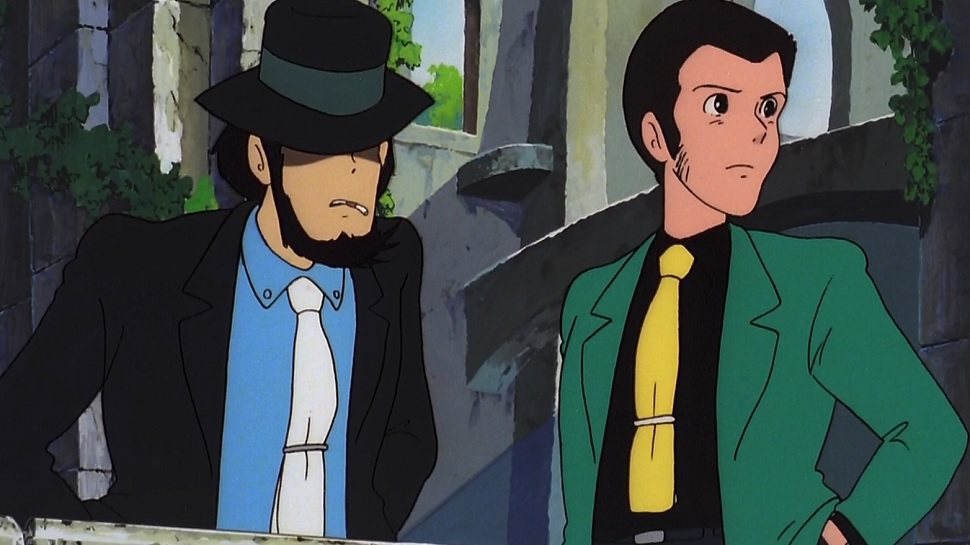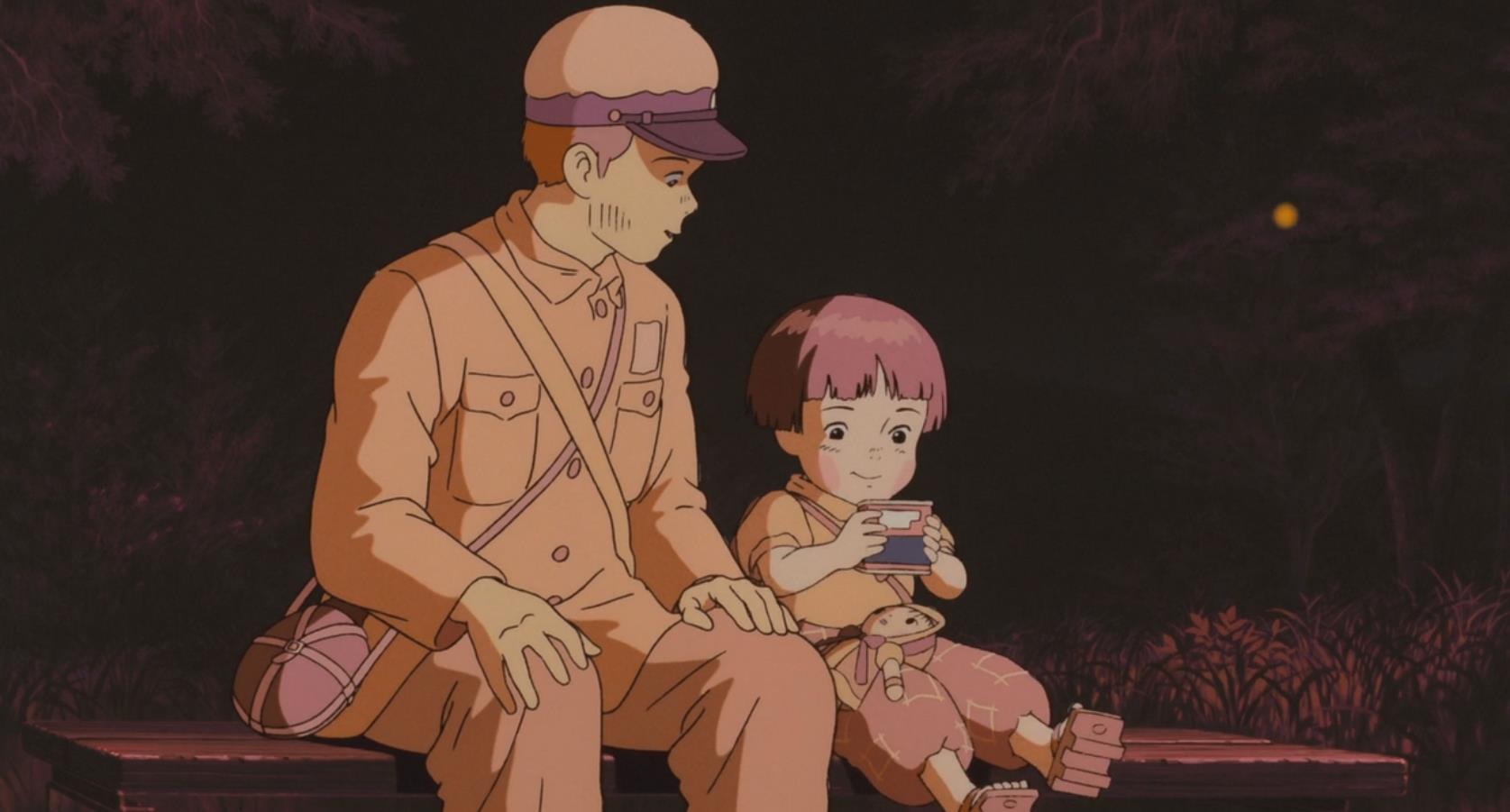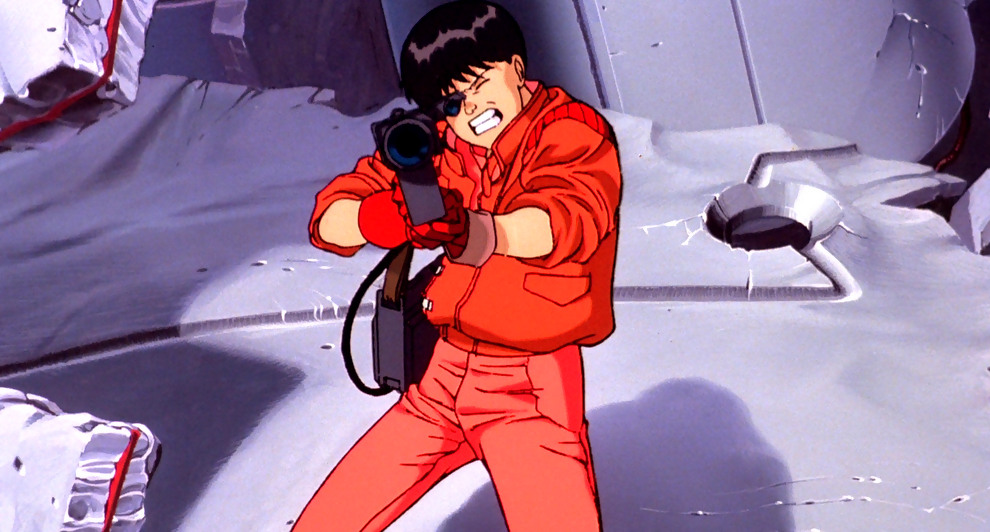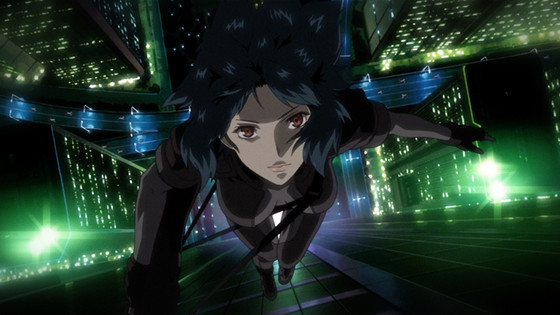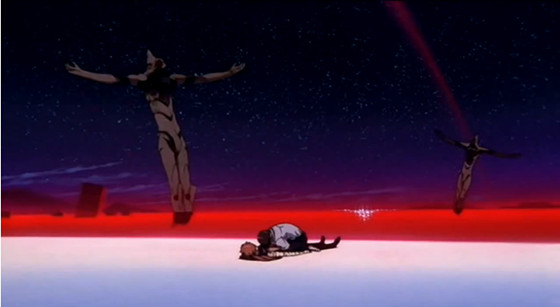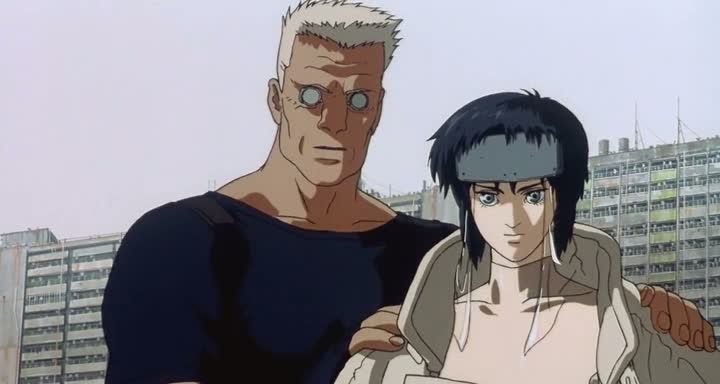
Anime has a major place today among popular films and TV series, but much of its popularity in the West has mostly grown in the last few decades.
Commercial animation in Japan began in the early 20th century, and began to take on a characteristic anime style by the 1960s with series like Osamu Tezuka’s Astro Boy, an adventure story about a boy android.
As was the case with Astro Boy, many anime TV series and films have originated as manga novels and later been adapted into animated stories. It has been common for anime titles to bear close resemblance to the manga they were based on, and for the original storylines or creators to be part of their adaptation.
Due in part to this relationship to manga, early anime titles sometimes used artwork nearly identical to that from the pages of manga, and animation styles which could be somewhat static and only emphasize full movement in the most important scenes. With the blossoming in popularity of anime over time, the animation began to take on a life of its own, and hit films began showcasing state-of-the-art techniques in traditional animation or 3D special effects, supported by large production teams.
Stylistic features of anime that have persisted throughout its history include a strong basis in science fiction, myth, and the supernatural, dramatic action and adventure plotlines, heroic characters with superhuman abilities, and characters with distinctive personalities, costumes, and features like flowing hair or gem-like eyes. Anime has branched out into every genre today, including categories such as romance, drama, slice of life sitcom, sports, and horror.
The surge in popularity of anime culture in Japan and the West has allowed hit franchises to expand into new manga and TV series, films, video games, toy line merchandise, and more. Continuations and re-boots of anime titles like Pokémon and Neon Genesis Evangelion now occur in a similar way to hit comic book movies in the US.
From the late 1970s to early 2000s, certain anime films in particular made in impact in the West that helped develop a growing mainstream fan base. The following films varied greatly in style, subject matter, and intended audience, allowing anime to filter into the public consciousness with the different groups of viewers each movie resonated with.
1. The Castle of Cagliostro (1979)
The iconic gentleman thief character Arsène Lupin the Third was first created for a manga series in the 1960s by the artist Monkey Punch. He modeled the Lupin character after the thief of the same name featured in French author Maurice Leblanc’s series of novels, who he is said to be the grandson of.
The plot follows a notorious master thief as he goes on high-stakes theft missions with his partners and enemies, each of which tend to result in antic chases and showdowns. In addition to its action and adventure, the anime is given a comedic and light-hearted tone by the jokes and mischief of Lupin and his acquaintances.
The Lupin franchise manga into a TV series in the early 1970s before the release of the Castle of Cagliostro in 1979, which is one of the first and most well known of its films. In the movie, Lupin’s thief adventures lead him into a small and mysterious country where he gets the chance to help a princess escape an arranged marriage gone wrong.
The film was directed and co-written by Hayao Miyazaki, one of the most famous anime creators of all time, known for films such as Nausicaä of the Valley of the Wind, Princess Mononoke, My Neighbor Totoro, and Spirited Away.
Lupin III animated series, some of which remain ongoing to present, have been among the earliest well-known anime releases in the West.
2. Grave of the Fireflies (1988)
In contrast to the focus on fantasy worlds in many anime stories, The Grave of the Fireflies represents an early work that has been praised for its realistic depiction of a family’s hardships during historical wartime events. Director Isao Takahata made the film for the animation production company Studio Ghibli he co-founded with Hayao Miyazaki, and has gained comparable acclaim to Miyazaki, who he has collaborated with on some projects.
Grave of the Fireflies is based on the 1967 semi-autobiographical short story of the same name by Akiyuki Nosaka, which described events that take place near the end of the Second World War in Kobe, Japan. The film follows a young brother and sister, Seita and Setsuko, as they struggle to survive in the wake of firebombing raids that leave them homeless and without food. The movie was influential for showing that the medium of animation can portray dramatic and serious stories.
3. Akira (1988)
Director Katshuhiro Otomo’s edgy science fiction epic Akira proved to be another groundbreaking film for anime in the late 1980s. Its story revolves around childhood friends Kaneda and Tetsuo who grow to become enemies in a post-apocalyptic world fractured by gang violence, war, and social unrest.
Tensions heighten in the rivalry as one of the characters gains latent psychic abilities that offer him god-like power to control others and attain any vice he seeks, making for an unforgettable tale that brings to mind the colossal conflicts of comic book superheroes and Greek myths.
Akira’s success as a hit animated film for mature audiences, in combination with its excellent animation technique for its time, made it a cult classic that helped change the way Western audiences thought about what is possible with the medium of animation.
The Akira story first began as a manga series in the early 1980s, also written and illustrated by Otomo, which is now collected in six volumes. The title achieved a cinematic quality for its highly detailed, sprawling illustrations, explosive combat scenes, and complex web of characters.
4. Ghost in the Shell (1995)
By 1995 the popularity of anime was beginning to grow larger in mainstream audiences in the West. The philosophical and action-packed Ghost in the Shell was a breakthrough hit in cyberpunk films, and went on to influence popular US films like The Matrix.
Ghost in the Shell was directed by Mamoru Oshii and is based on an earlier manga title by Masamune Shirow. Its female protagonist, Major Matoko Kusanagi, is a beautiful and highly skilled combat specialist who has both human and artificial machine qualities. She is often depicted nude or in tight-fitting combat suits, similar to characters in Shirow’s erotic art works such as Galgrease. Oshii helped contribute to the surreal and philosophical aspects of the story, a trademark he is also known for in films such as Angel’s Egg.
Ghost in the Shell follows a heavily armed security group as they investigate a series of hacking-based murders in their technologically advanced city. The pursuit opens up questions about the identity of the criminal as well as the differences between human and artificial intelligence, and culminates in ever-more-spectacular battles scenes.
The Ghost in the Shell franchise has expanded since the first manga and film to include recent TV series and films such as the Ghost in the Shell: Stand Alone Complex and Ghost in the Shell: Arise.
5. Neon Genesis Evangelion: The End of Evangelion (1997)
The mecha franchise Evangelion is an example of an anime series that came before manga rather than vice versa. The original TV series and films were written and directed by Hideaki Anno, and are closely connected.
Anno was previously known for the anime series Nadia: The Secret of Blue Water, a story inspired by Jules Vernes’ Twenty Thousand Leagues Under the Sea. He commonly uses post-modernist themes in his work, and among other things explores religious symbolism and Freudian psychology in Neon Genesis Evangelion.
The 1995 – 1996 anime series tells the story of a team of young characters who pilot massive Evangelion mecha suits in the style of Gundam or Transformers to defend Earth from monstrous attackers called Angels. A pessimistic or existentialist tone pervades the series, and in between the battles the main character Shinji expresses doubts about who his meaning and identity in life, and why he must fight.
The Evangelion series ended with some surprising plot twists, and in 1997 the movies Death & Rebirth and End of Evangelion were created to encapsulate the highlights of the show in a film version and to create an alternate ending for the series. Death & Rebirth was the first half of the movie and borrowed much of its material from the TV series. End of Evangelion was more distinctive in that it used new material for a new ending and finale to the series.
More recently, a Rebuild of Evangelion film series has begun which also borrows from the original storyline and creates new material and endings (2007 – present).
